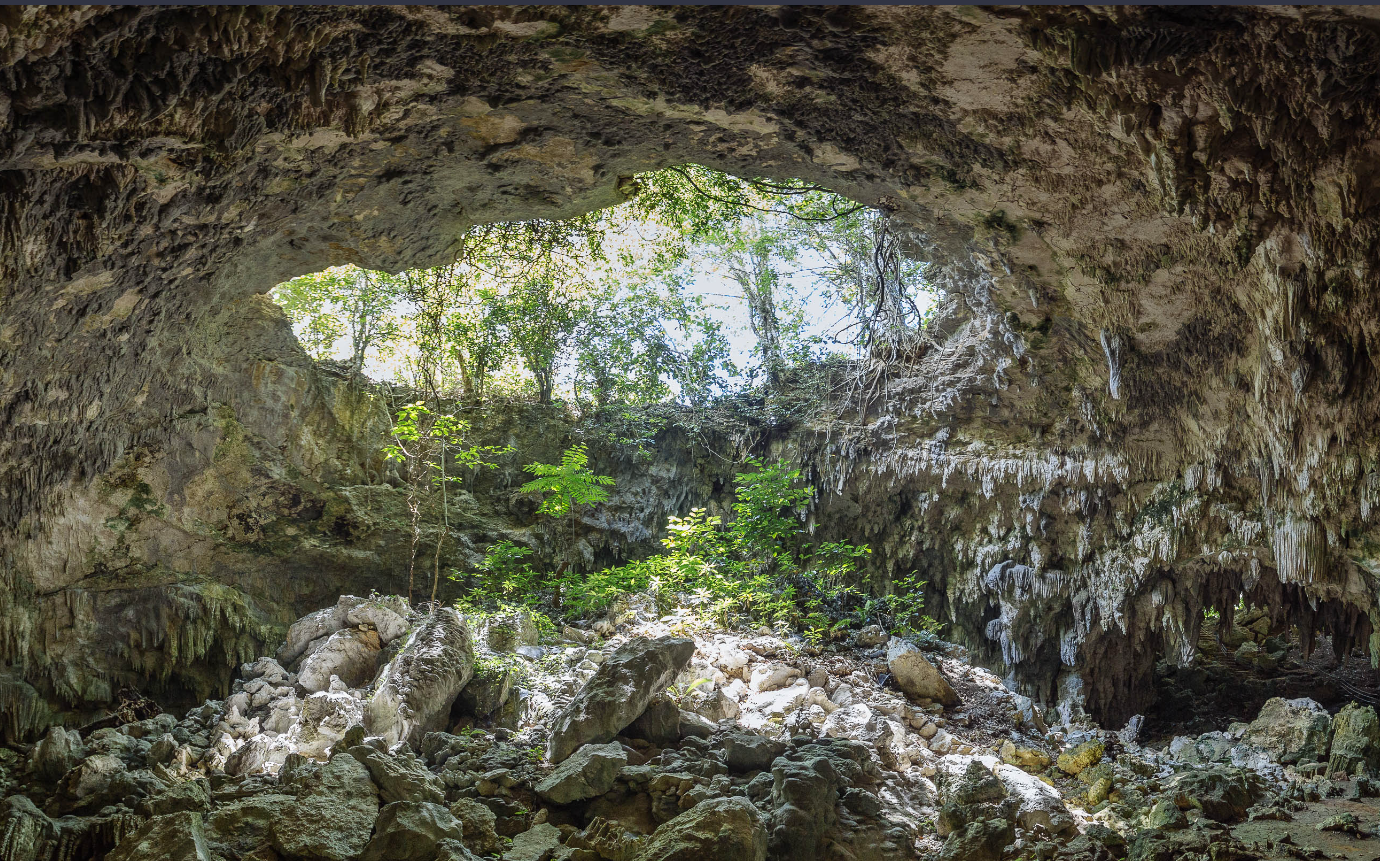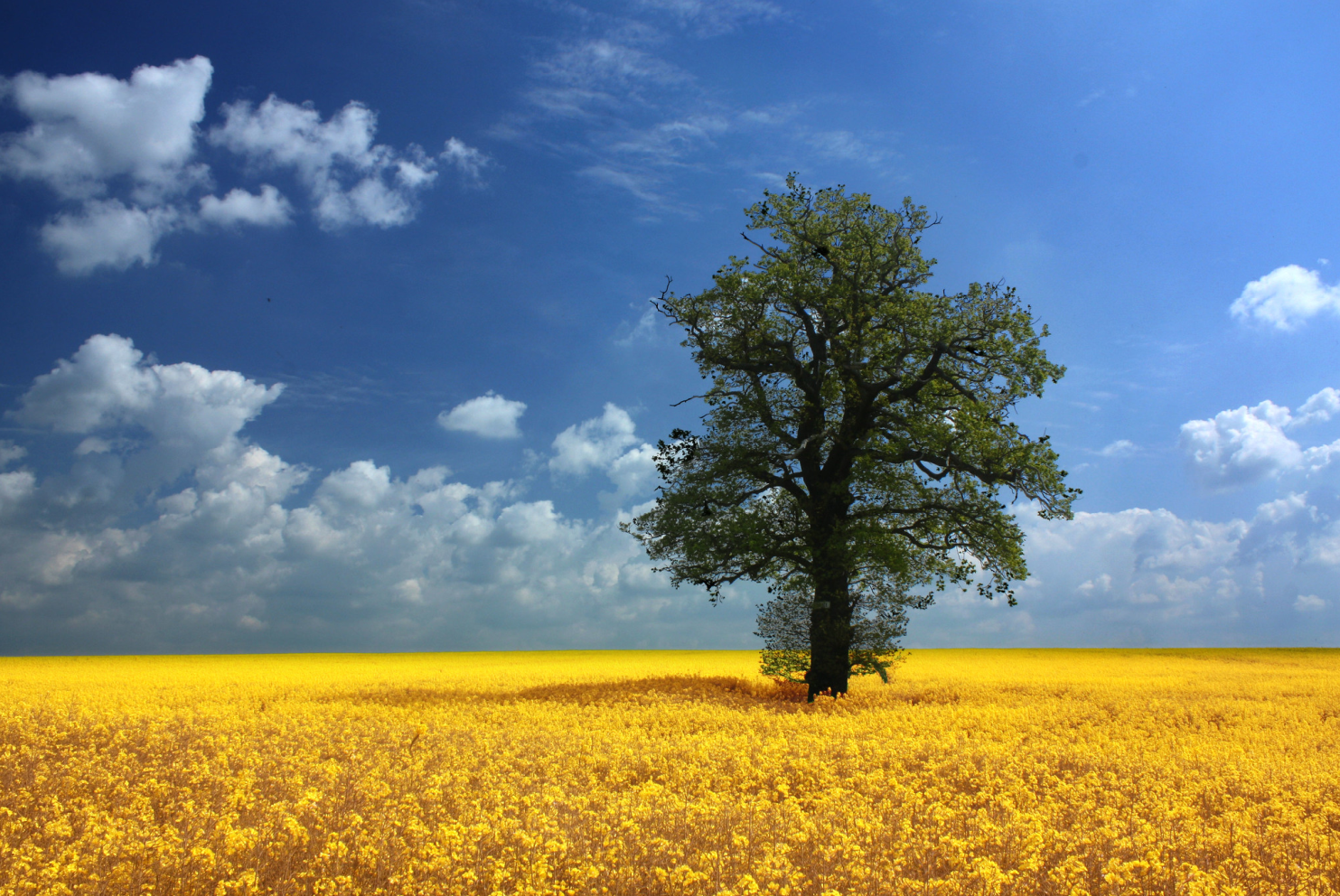
Let’s Go Underground: Caving + Spelunking
Caving and spelunking can be fun. Until recently I thought I had done both. I never knew there was actually a difference between the two and instead assumed the latter was a fancy way of saying the former. Apparently that’s not correct. So, based on what I’ve learned, I can say I have been caving and I’ve never been spelunking – yet. Caves exist around the globe and are a natural geological formation. There may be some in your area worth checking out. Like most other outdoor activities, and maybe more than some, there are reasons to do this one safely. Make sure you bring what you need and know how to use what you’ve brought.
“What is the Difference Between Caving and Spelunking? Well, there are thousands of caves on this planet, and while some are yet to be discovered, there are others that are visited daily. People even live in some of them! There are different reasons why people visit caves, either for recreational purposes or for spelunking…So, what is the difference between the two? Well, caving is a recreational sport that people engage in for hiking or touring purposes, while spelunking is the idea of exploring the underground caverns. Spelunking has become a popular activity over the past few years as people have become fascinated with this amazing feature of nature…What Does Spelunker Mean and What Do They Do? A spelunker is a person who engages in spelunking, which is the process of exploring the full dimensions of a cave. Unlike caving, spelunking captures the whole essence of the wildlife existing in a cave setting. Most geologists who focus on caves and their existence can be referred to as spelunkers along with other people who fascinate the idea of learning more about the natural habitat. There are many attributes associated with a cave, and a spelunker takes the time to explore all of these features. Source: https://worldofcaves.com/what-is-the-difference-between-caving-and-spelunking/
Caves are actually just one aspect of a larger geologic feature known as a karst.
“Karst develops over millions of years and probably began to form soon after the carbonate rocks were deposited 500 to about 350 million years ago. Karst is an erosional process that changes the landscape by removing the carbonate rock at the surface and underground. The erosion may be physical, when pieces of rock are moved, or it may be chemical, when the rock is dissolved into its components and carried away in solution. Limestone and dolostone are subject to both physical and chemical erosion, but it is chemical erosion that produces most karst landforms. The result is similar to what happens when water flows onto a cube of sugar, but in rock, the features develop much slower. The carbonate minerals are removed by the water, leaving behind a small hole that over time becomes larger and may eventually form an enlarged joint, sinkhole, or part of an underground network of caves. The minerals dissolved in the water may later be redeposited as cave stalagmites and stalactites.” Source: https://cse.umn.edu/mgs/caves-and-karst
A karst can look like this:

Caves are found around the world. A little searching will lead you to what exists in your area. A few examples follow.
Australia: Jenolan Caves
India: Borra Caves
If you’re in Tejas check out the Natural Bridge Caves if you can.
In the midwest: Indiana Grotto Caving
Easter Eggs 1-4 compliments of the Natural Bridge Cavern crew:


